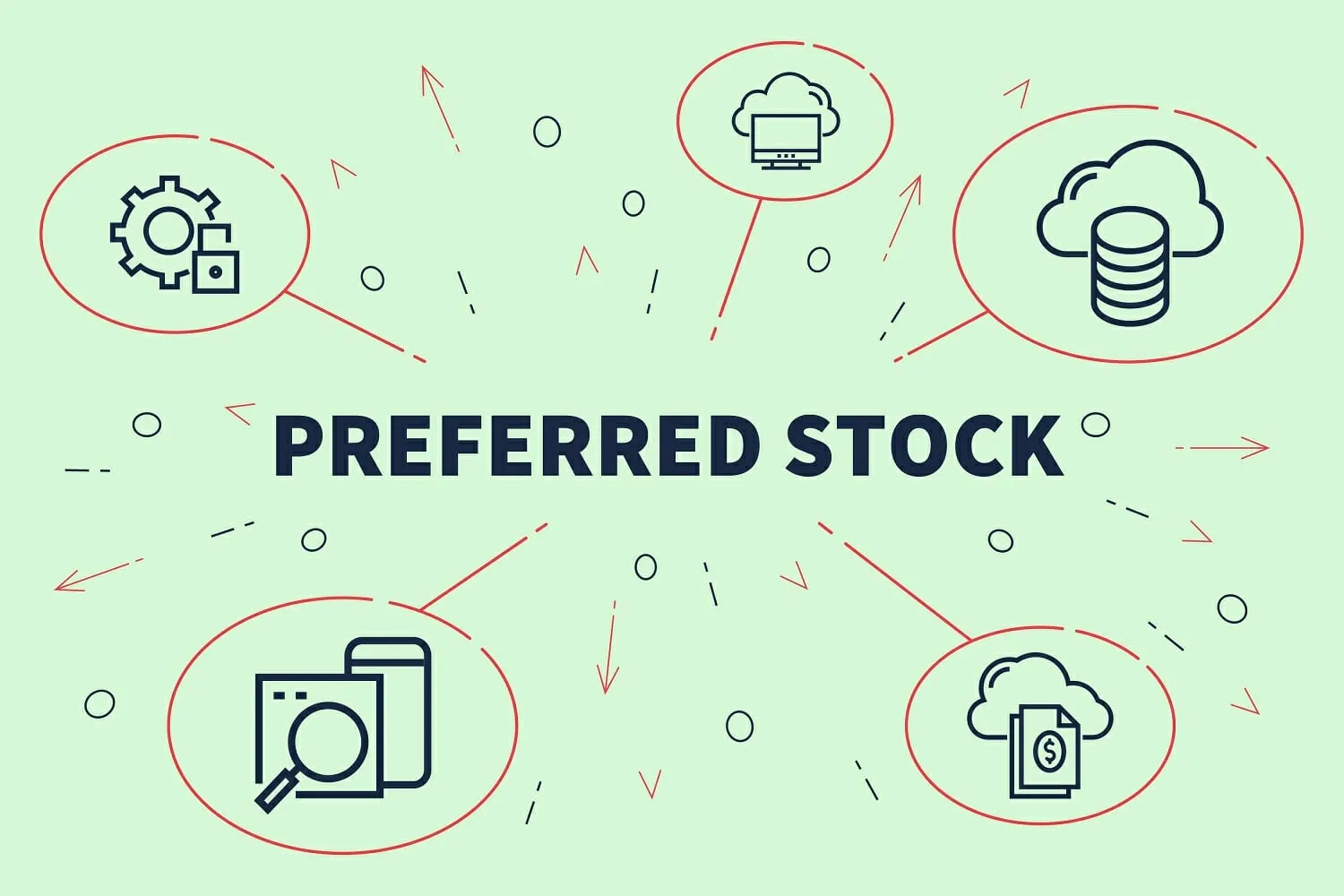How to buy preference shares can seem overwhelming when you’re just starting out, but it’s actually quite simple if you know how to go about it. Preference shares give you different rights than common stock, so before you purchase any, make sure you understand the types of preference shares and whether they’re right for your financial situation and long-term goals. Let’s say you want to invest in shares of company XYZ, which offers two types of shares. The first type of shares are common shares, and the second type are preference shares. When you buy preference shares, you typically receive a set dividend rate each year and you enjoy priority over the common shares in receiving the proceeds from liquidation or sale of the company in question. Here’s how to buy preference shares to ensure that your investment performs well and that you get good returns on your money.
What are preference shares?
When compared to common stock, preference shares offer less upside potential but also less risk. This makes them an attractive option for investors who prioritize capital preservation over growth potential. For example, preference shares typically do not participate in dividends and don’t have voting rights. However, they will get their dividend before common shareholders in the event of liquidation or bankruptcy. So what are preference shares? Basically, a type of security that provides holders with a higher rate of return than ordinary stock if earnings per share exceed a certain amount (known as the fixed cumulative preferential rate).
Why would you want to invest in preference shares?
When it comes to investing, many investors are turning to preference shares as an attractive alternative to traditional stocks. Preference shares offer investors the chance to earn a steady income without taking on the same level of risk associated with stocks. This makes preference shares an appealing choice for investors looking to diversify their portfolio.
So why would you want to invest in preference shares? To start, these securities provide a higher rate of return than most common stocks, which makes them attractive to income-seeking investors. Additionally, preference shares are typically less volatile than other forms of equity investments, meaning that their values fluctuate less over time and can help investors protect their investments in times of market downturns. Finally, some preference shares come with an added bonus— they allow investors to participate in the company’s earnings through dividend payments. This is a great way for investors to increase their returns and potentially benefit from any long-term growth that may occur in the company’s stock price.
In short, preference shares are an excellent way for investors to diversify their portfolios and enjoy a steady stream of income while also benefiting from potential capital gains. With all these benefits, it’s no wonder why so many investors are turning to preference shares as an attractive investment option.
How do you buy preference shares?
Buying preference shares can be a great way to diversify your portfolio and potentially earn higher returns. But before investing, it is important to understand what preference shares are and how they work.
Preference shares are stocks that offer a certain level of security for investors. They generally provide a set dividend rate that must be paid to the shareholders before any dividends can be paid on common stock. Additionally, in the event of liquidation, preference shareholders are usually first in line for getting their money back, ahead of common stockholders.
So, how do you buy preference shares? Here are some steps to follow:
What are the risks and rewards of investing in preference shares?
When considering an investment, it is important to weigh the risks and rewards of investing in preference shares. Preference shares, also known as preferred stock, are a type of equity security that offer investors a guaranteed dividend payment in addition to potential capital appreciation. While these investments may be attractive for their predictable dividends, there are certain risks associated with them that must be taken into account.
The main reward of investing in preference shares is a fixed dividend rate, typically higher than common stock dividends. The dividend payments are contractual and must be paid before any dividends are distributed to common shareholders. The dividend rate for preference shares may also be reset periodically, allowing for the opportunity to receive higher yields over time. As an added bonus, if the company is ever liquidated, preferred shareholders will be paid back before common shareholders.
On the other hand, there are certain risks involved with investing in preference shares. Since they are a type of equity, the value of preference shares will fluctuate with the underlying stock price. This means that they could potentially go down in value, resulting in the loss of capital invested. Furthermore, since the dividend payments are contractual, if the company cannot make the payments on time then investors may have to wait until the company is able to pay back its debt. This could cause a significant delay in receiving your return.
Overall, it is important to consider both the potential rewards and risks when making an investment decision. Preference shares can be a great way to earn regular income while still taking advantage of potential capital appreciation, but it is important to understand all the associated risks before making an investment.
Conclusion
In conclusion, buying preference shares can be a great way to invest in a company without owning common stock. Preference shares provide investors with more rights and higher priority than common stockholders and may provide more of a return in the long run. It is important to research the company before investing in preference shares and weigh the risks and rewards of purchasing them. Be sure to consult with a financial advisor if you are considering investing in preference shares.
